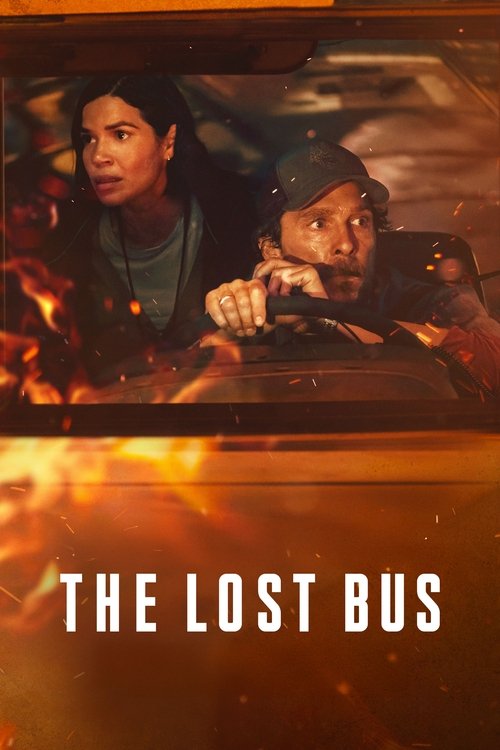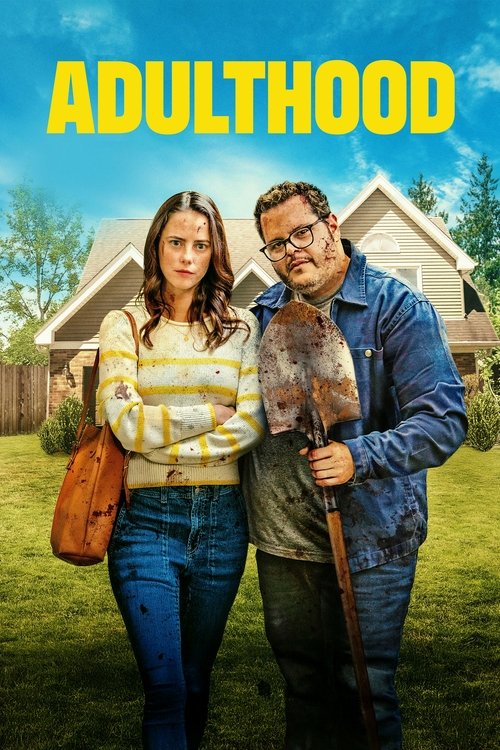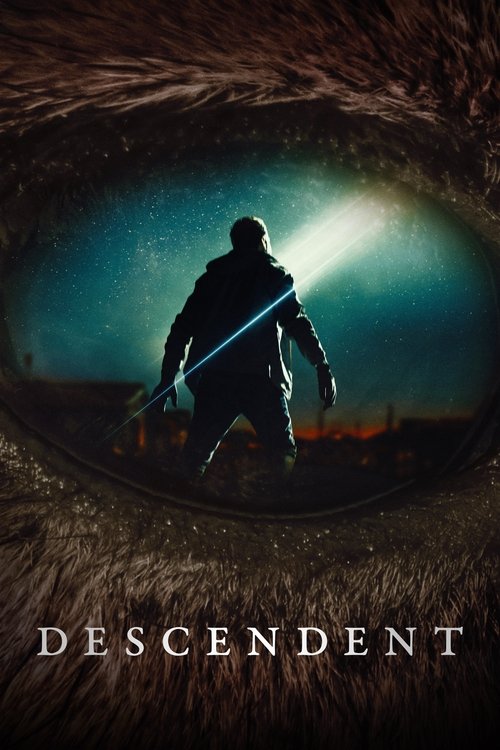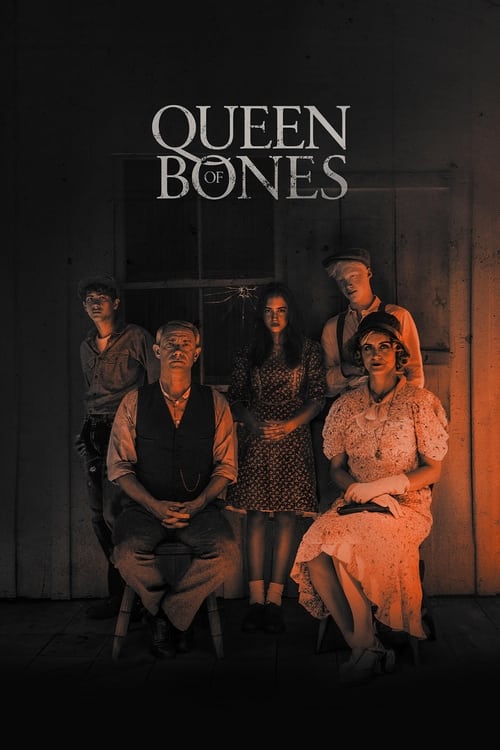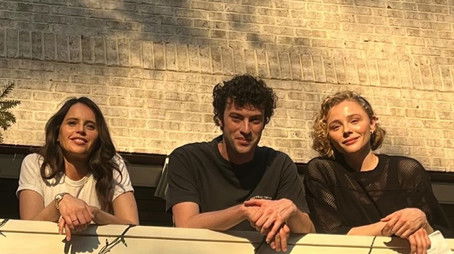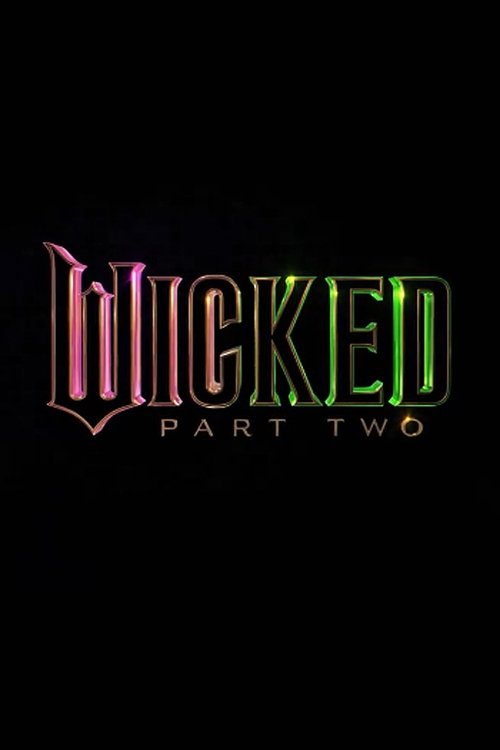
Ask Your Own Question
What is the plot?
Patty O'Neill stands on the open-air observation level of the Empire State Building when Donald Gresham approaches her. He has the easy smile and careless confidence of a man who designs city skylines for a living. He watches her for a moment, strikes up a conversation about the view, and then asks if she will join him for a drink. She accepts his invitation and, within a short time, they leave the observation platform and go to his apartment for drinks and dinner.
Donald leads Patty up to his apartment and opens the door for her. The rooms are furnished in a way that announces his professional success and social life: plans taped to a table in one corner, a neat rack of glasses on a sideboard, and an apartment that feels both lived-in and arranged for entertaining. Donald pours drinks and asks Patty about her work as an actress. She answers with straightforwardness; she is unembarrassed and willing to talk about her life and opinions. She drinks with him, she sits across from him at his small table, and she laughs when Donald tries to charm her with stories of the city and his numerous acquaintances.
When Patty moves through the apartment, she meets the neighbors: Cynthia Slater and David Slater, Cynthia's father, who lives upstairs. Cynthia and David come downstairs and introduce themselves. Cynthia is the woman Donald used to be engaged to; she carries a sense of neat propriety and familiarity with Donald that makes the two of them fall easily into an old pattern of ribbing and shared private jokes. David Slater presents himself as roguish and convivial; he talks loudly, tells anecdotes about his travels and flirtations, and he directs a knowing look at both Donald and Patty. The presence of the Slaters changes the dynamic in the room. Drinks are refilled. Plates are passed. Conversation widens from architecture and theater to more intimate subjects.
Both Donald and David make clear, in different ways, that they are interested in Patty beyond mere company. Donald uses his charm and the intimacy of having brought her to his apartment, suggesting shared nights and an ease of familiarity. David courts her with a bold, sometimes bawdy frankness; he delivers compliments, he leans across the table, and he offers to pour more wine. Cynthia, watching the conversation, comments with a coolness that marks her as experienced in matters of romance and social maneuvering; she occasionally interjects with teasing remarks directed at Donald or barbed remarks that mark her as no stranger to the politics of relationships.
As the evening proceeds, the conversation turns to subjects that matter to Patty: the limits of propriety, the expectations placed on young women, and the meaning of sexual experience in an era where social conventions are under discussion. Patty does not shy away from frank talk. She brings up questions about premarital relationships and expresses views that mix moral seriousness with personal independence. She addresses both men directly, answering inquiries about her past and challenging assumptions about what a woman ought to do with her affections. She says that she is a virgin and refuses to accept pressure to change that status merely because she has spent the night in a man's apartment. The men press in different manners: Donald attempts to translate attraction into a private promise, offering future intimacy as a natural progression of their chemistry; David, bolder and less inhibited, tests the boundaries by insinuating that a woman in such company need not adhere to conventional restraints.
Patty responds by scrutinizing their motives. She discusses concepts of virtue and desire with precise, unflinching language, treating the conversation as if it were a debate on a stage. She turns questions back on the men, asking them about their intentions and their willingness to respect her choices. She refuses to yield to flirtation when it becomes request. Instead, she engages the room with pointed observations and an argument for autonomy that neither romantic beseeching nor worldly cynicism can override. She withstands both Donald's solicitations and David's coarse flirtations; she keeps the conversation aimed at definitions and conditions rather than surrender to physical advances.
As the night deepens, the pressure to transform attraction into sexual activity increases. Donald uses soft persuasion and the intimacy of the apartment to suggest that the two of them could share more than conversation. He speaks of affection and of solitude broken by companionship; he makes proposals about future commitment in a tone that mixes longing and expectation. David, for his part, insinuates that age and experience have taught him that a young woman can be helped across the threshold of experience without losing herself. Cynthia, who once expected to be Donald's future, watches these moves with a mix of amusement and irritation; she engages with both men, sometimes rebuking Donald for his forwardness, sometimes trading barbs with her father to defuse tension.
Patty does not move physically to accept either man's advances. Instead, she articulates her choices with unhurried clarity. She argues that talk about sex is one thing; yielding to it is another. She insists that moral positions are not merely social games to be scored by male appetite. She asks each man to define what he wants from her life beyond the night. She presses Donald to explain whether his interest is casual or intended to lead to a long-term commitment. She asks David whether his behavior is driven by earnest admiration or merely by a desire for conquest. The men answer as their temperaments allow: Donald's replies carry a mixture of earnestness and anxiety; David's remarks blend bravado with a hint of loneliness. Cynthia watches, interjects, and at times contends with her own relationship history with Donald.
Throughout the long hours, Patty resists. She stands her ground when Donald moves closer, when David's compliments take an intimate turn, and when the atmosphere becomes charged. She points out how shallow a casual liaison would be for her and refuses to confuse companionship with sexual compliance. She articulates her own worth and keeps the night framed by debate rather than capitulation. At moments when the men step too far, she leaves the room or returns to her coat and bag as if preparing to depart. When the conversation circles back into old cadences designed to win a woman over by charm alone, she counters with direct challenges that force each man to confront what he truly offers.
As the night ends, Patty chooses to leave. She makes no secret of her decision and exits Donald's apartment with a composed but decisive manner. She walks down the building's corridor and out into the city air, stepping away from the mixture of flattery, pressure, and the lingering questions that filled the apartment. Her departure is not abrupt; she exchanges civil words with Cynthia and David on the way out, and she gives Donald a simple, measured goodbye that conveys both her disappointment at the night and her resolve regarding her personal decisions.
Donald does not remain passive after Patty goes. He returns to his apartment and sits awake, replaying the evening in his mind. He paces through the rooms, fingers lines of his own architectural plans without seeing them, and, through the long hours, he feels concern and something like longing tighten in him. He wonders whether his forwardness cost him something valuable. He worries about Patty's safety on the streets and feels remorse at having allowed his desire to cloud his judgment. He does not sleep; instead, he waits until dawn and the city begins to stir once more, spending the night in a state of anxious anticipation.
The following day, Patty returns to the observation deck of the Empire State Building. She chooses that public place deliberately; it is open and high and offers a vantage point that removes the intimacies of private rooms. When she arrives, she finds Donald there waiting. He is not on the observation deck when she first appears; she notices him at a distance and crosses toward him. He meets her with a visible sense of relief; his face reads like a man who has rehearsed his confession and who has decided to risk everything on honesty.
Donald tells Patty that he has missed her through the night and that he has worried for her safety. He confesses that his behavior had been too presumptuous and that he had allowed his desires to dictate actions he now regrets. He says that in thinking of her absence, he realized something clearer about himself: that he does not want a casual occasion with her, but rather a life together. He asks her, in precise and direct terms, whether she will accept a more permanent union. He states that he loves her and then steps forward to propose marriage.
Patty listens to his declaration and to the proposal he frames not as a dramatic flourish but as a reasoned request. She considers the night they have shared, the mixture of candid conversation and pressured intimacy, and Donald's evident remorse and sincerity. She hears the honesty in his voice when he says he loves her and wants to commit. After a moment in which she measures his words against her convictions, she accepts his proposal. She says yes to marriage, not because she surrendered to the night before but because she finds in his admission something her earlier demands required: a willingness to respect her choices and to offer partnership rather than conquest.
The story concludes with Patty accepting Donald's hand at the top of the Empire State Building, surrounded by the city's skyline and the morning light. Cynthia and David remain in the background of the earlier scenes, their presence having complicated and clarified the relationship between the principal pair, but they do not intervene in the final exchange. Donald's proposal and Patty's acceptance mark a formal resolution: a private pledge exchanged in a public place, answering the questions raised through the night's debates by a commitment that foregrounds mutual consent. The last moments show them together on the observation deck as the city continues its daily motion beneath them, the two of them standing side by side as they begin an arranged course toward a married life. There are no deaths, no further confrontations, and no additional surprises; the plot closes on the couple's decision to marry and on their departure from the rooftop, moving toward the life they have agreed to share.
What is the ending?
The ending of Signed, Sealed, Delivered: To The Moon And Back concludes with the POstables successfully finding the recipient of a mysterious letter, resolving the central mystery, and reaffirming their bonds of friendship and love. The main characters--Oliver, Shane, Rita, and Norman--return to their lives with a renewed sense of hope and forgiveness, underscoring themes of second chances and healing.
Expanded narrative of the ending scene by scene:
The film's climax unfolds as the POstables--Oliver O'Toole, Shane, Rita, and Norman--track down the sender of a letter discovered in a former nightclub. This letter leads them on a journey to find a musician who has been hiding from a troubled past. The search is both literal and metaphorical, as it involves confronting past mistakes and seeking forgiveness.
In the final scenes, the POstables arrive at the musician's location. The musician, initially reluctant and burdened by regret, opens up to the group. Through heartfelt conversations, the musician expresses remorse and a desire to make amends, which the POstables help facilitate. This moment highlights the movie's core message about the healing power of second chances.
Meanwhile, Oliver and Shane, who are now married, share quiet moments reflecting on their journey together and the strength of their partnership. Their relationship, once marked by Oliver's strict adherence to rules, has softened, showing growth and mutual support. Rita and Norman, also a couple, continue to support their friends, embodying the family-like bond the POstables share.
The film closes with the group returning to their post office, where they continue their work of delivering lost letters and connecting people. The ending leaves the characters in a place of emotional resolution but also with open storylines, reflecting the ongoing nature of their mission and relationships.
Each main character's fate is one of hopeful continuation: Oliver and Shane remain committed to each other and their work; Rita and Norman maintain their supportive roles; and the musician they helped finds a path toward redemption. The film ends on a note of optimism, emphasizing forgiveness, connection, and the importance of timing in life's journeys.
This ending scene-by-scene narration captures the factual progression of events and the emotional states of the characters without interpretation beyond what is shown, consistent with the film's themes and narrative arc.
Is there a post-credit scene?
For the 2025 movie Signed, Sealed, Delivered: To The Moon And Back, there is no available information from the search results indicating the presence of a post-credit scene. The details provided focus on the plot, cast, production, and release but do not mention any post-credit or after-credits scenes. Thus, it appears that this movie does not have a post-credit scene, or at least none has been publicly noted or described in the accessible sources.
Who is the lost letter in Signed, Sealed, Delivered: To The Moon And Back addressed to, and what significance does it have?
The lost letter found by the POstables is addressed to Nate Holloway, a famous singer-songwriter. The letter contains personal reflections and cryptic phrases like "Tell It to The Moon," which leads the team to uncover the story behind Nate's big hit, written by his former partner Tracy Reo, a reclusive songwriter who disappeared years ago.
What is the connection between Oliver and the revelations about his birthfather in the movie?
Oliver discovers new information about his birthfather through old letters, which stirs doubts about his own identity. This revelation forces him to confront his beliefs about family, loyalty, and moral integrity as part of his personal journey in the story.
How do the POstables track down Tracy Reo, and what is her situation?
The POstables track Tracy Reo's whereabouts after learning she wrote Nate Holloway's hit song. They discover she has been living under an assumed name to hide from a troubled past, indicating she is reclusive and possibly seeking to escape previous difficulties.
What role do Oliver and Shane play in the investigation involving the lost letter?
Oliver and Shane lead the investigation to find the recipient of the lost letter and track down the rock star Nate Holloway, who holds key information related to the letter and its origins. Their efforts drive the main plot of the movie.
What themes are explored through the characters' experiences with the lost letter and personal revelations?
The movie explores themes of forgiveness, second chances, and healing, especially highlighted by Oliver's personal revelations about his birthfather and the story behind Tracy Reo's disappearance. The film emphasizes making mistakes and finding forgiveness, which is reflected in the characters' journeys.
Is this family friendly?
Signed, Sealed, Delivered: To the Moon and Back (2025) is a family-friendly TV movie, rated TV-PG, and is consistent with the tone and content of previous films in the series. The story centers on the beloved "POstables" team--Oliver, Shane, Rita, and Norman--as they solve a mystery involving a lost letter, with an emphasis on friendship, teamwork, and emotional growth.
Potentially Objectionable or Upsetting Content
Emotional Intensity and Conflict - The film spends significant time exploring Oliver's emotional turmoil, including feelings of pent-up anger and unresolved personal issues. These scenes are handled with sensitivity but may be intense for very young or highly sensitive viewers, as they depict a character grappling with internal conflict and frustration. - There are moments of serious conversation and moral dilemmas among the main characters, which could feel weighty for children expecting only lightheartedness. However, these discussions are framed within the context of caring relationships and mutual support.
Themes and Tone - The movie includes some minor adult themes, but nothing that rises to the level of PG-13 or would be considered offensive. The content remains appropriate for general family viewing. - Humor is present throughout, though some jokes or situations might feel forced or slightly awkward, which is typical for the series. None of the humor is crude or inappropriate for children. - The resolution of certain subplots involves characters facing consequences for their actions, which could be momentarily unsettling but is ultimately framed as part of their growth.
Visual and Situational Content - There are no scenes of violence, frightening imagery, or inappropriate language. - The story involves a road trip and the search for a musician, but there are no dangerous or perilous situations depicted. - Family dynamics are a focus, including the introduction of new family members and the ongoing development of existing relationships, which are portrayed positively overall.
Summary Table
| Aspect | Description | Potential Concern Level | |-------------------------|-----------------------------------------------------------------------------|------------------------| | Emotional Content | Oliver's anger and emotional struggles; serious conversations | Mild to moderate | | Adult Themes | Minor, nothing offensive or beyond TV-PG | Minimal | | Humor | Light, occasionally forced | Minimal | | Conflict/Resolution | Moral dilemmas, consequences for actions | Mild | | Violence/Danger | None | None | | Language | Family-appropriate | None |
Conclusion
Signed, Sealed, Delivered: To the Moon and Back is suitable for family viewing, with content consistent with the series' established gentle, heartwarming tone. The most potentially upsetting elements are emotional--scenes of a main character working through anger and frustration, and moments of moral questioning--but these are handled with care and are integral to the characters' growth. There is nothing visually disturbing, violent, or inappropriate for children, making it a safe choice for most families, though sensitive viewers may find the emotional arcs momentarily intense.
Does the dog die?
There is no evidence in available sources that a dog dies in the 2025 Hallmark movie Signed, Sealed, Delivered: To The Moon and Back. The film's plot, as detailed in multiple reviews and synopses, centers on the POstables--Oliver, Shane, Rita, and Norman--as they investigate a lost letter found in a Denver café, leading them to a reclusive songwriter and a famous singer-songwriter, Nate Holloway. The narrative focuses on themes of family, identity, and reconciliation, with Oliver grappling with revelations about his birth father and the group supporting each other through personal and professional challenges.
The emotional stakes of the story revolve around human relationships--Oliver's search for his roots, the group's adoption journey, and the mystery of the letter's origin--not around the loss or harm of an animal. No scene descriptions, character dialogue, or plot summaries mention a dog's death, injury, or significant presence. The film's emotional climax involves the arrival of the baby the group is adopting, not the loss of a pet.
In summary, based on all available detailed plot information, Signed, Sealed, Delivered: To The Moon and Back (2025) does not contain a scene where a dog dies.
















